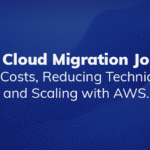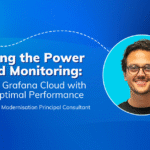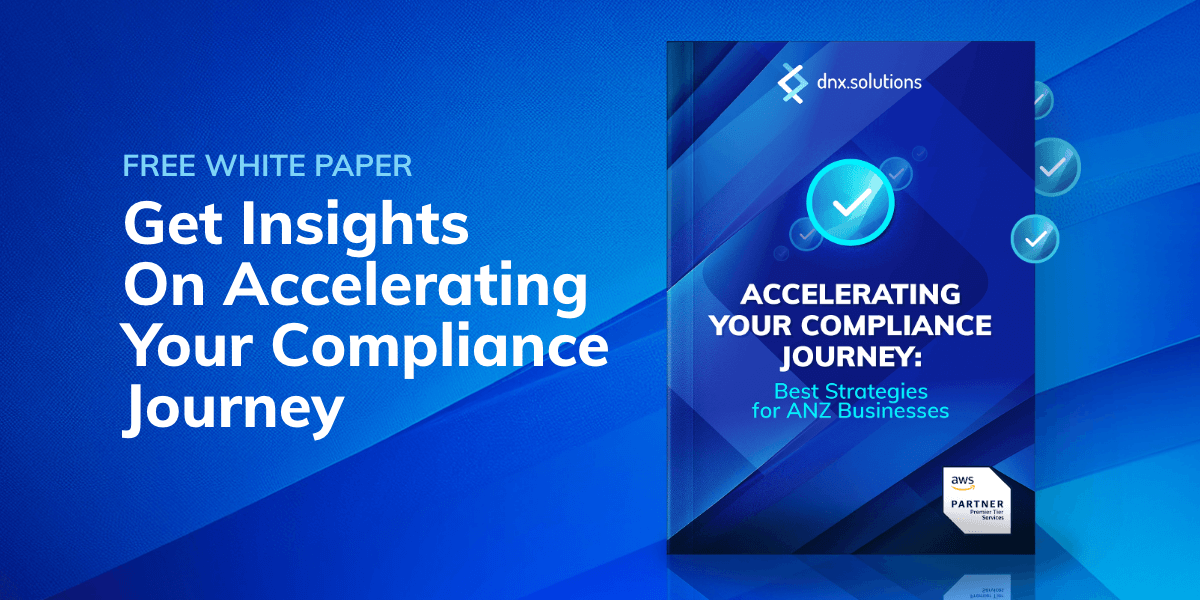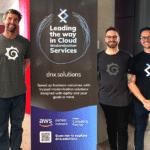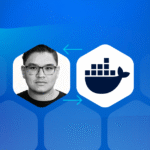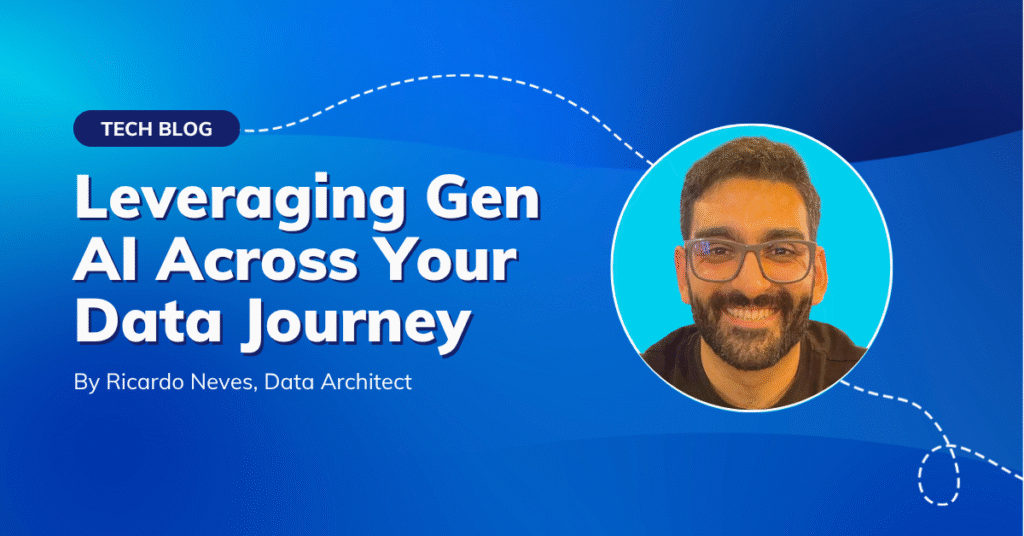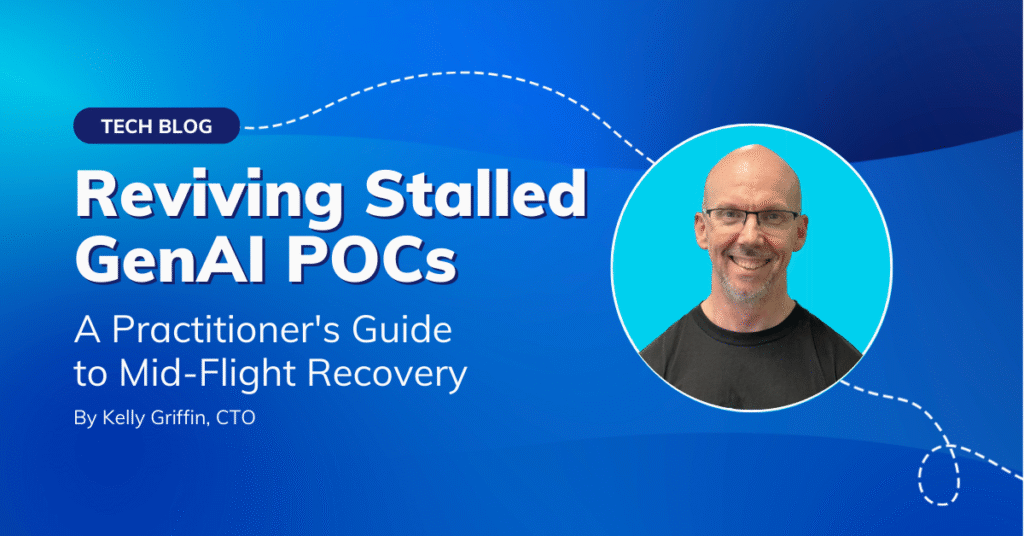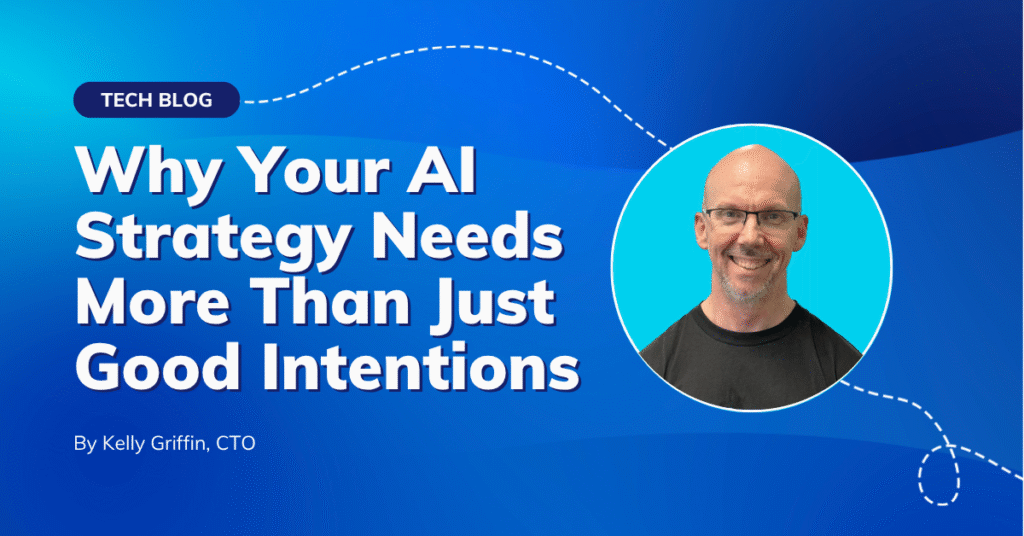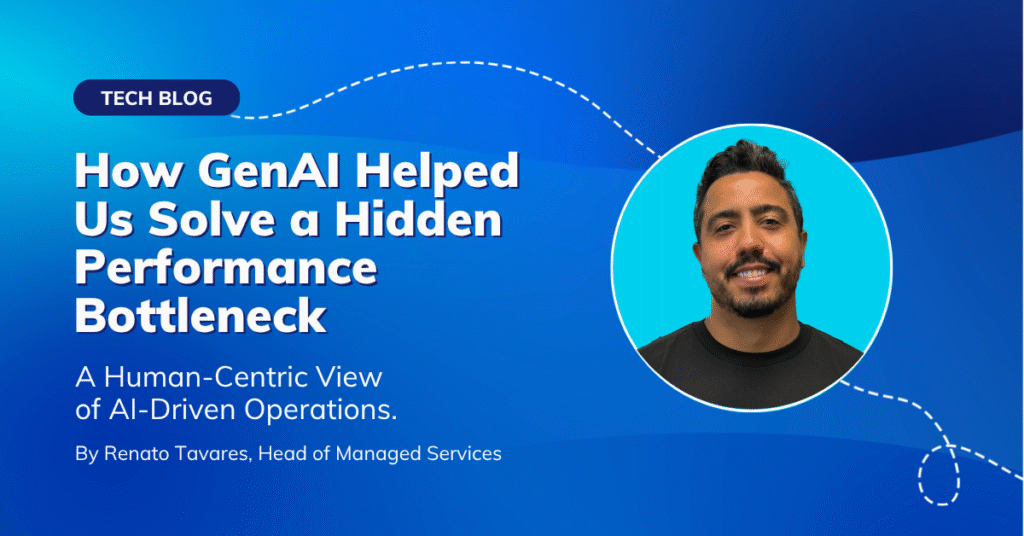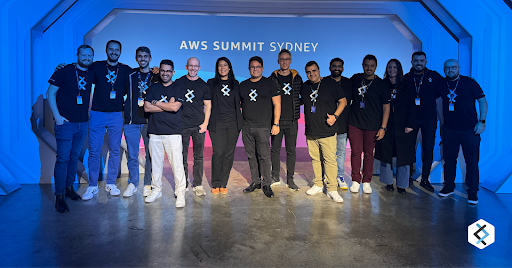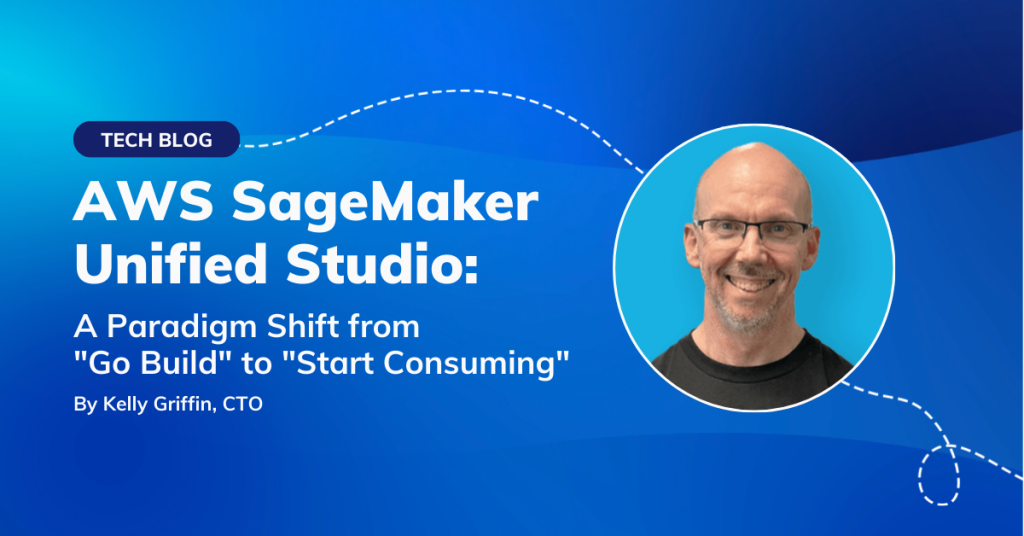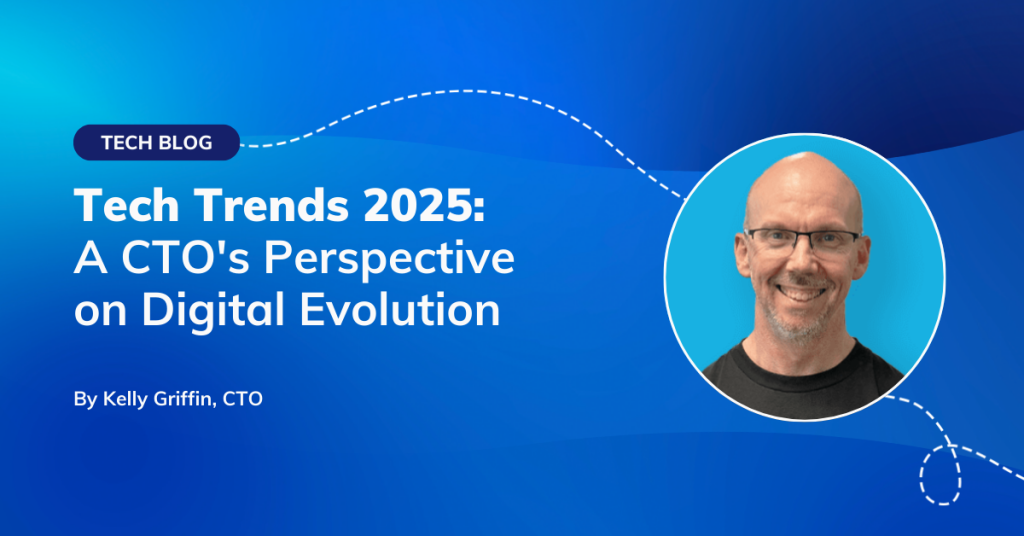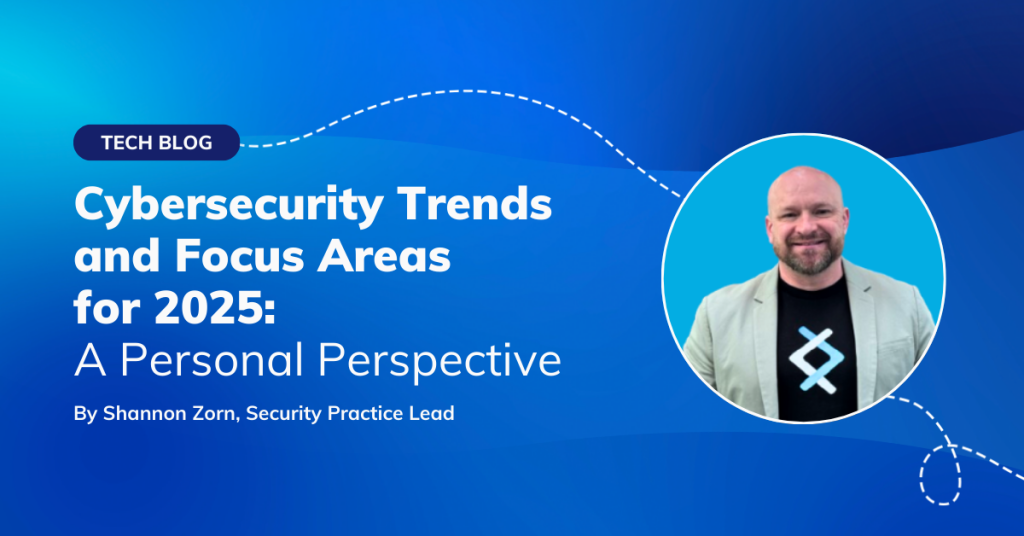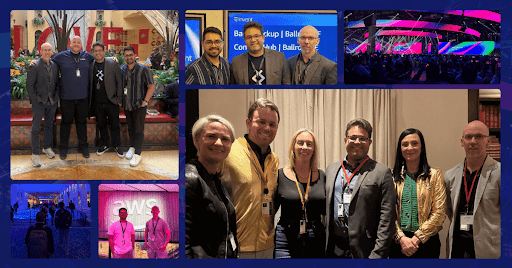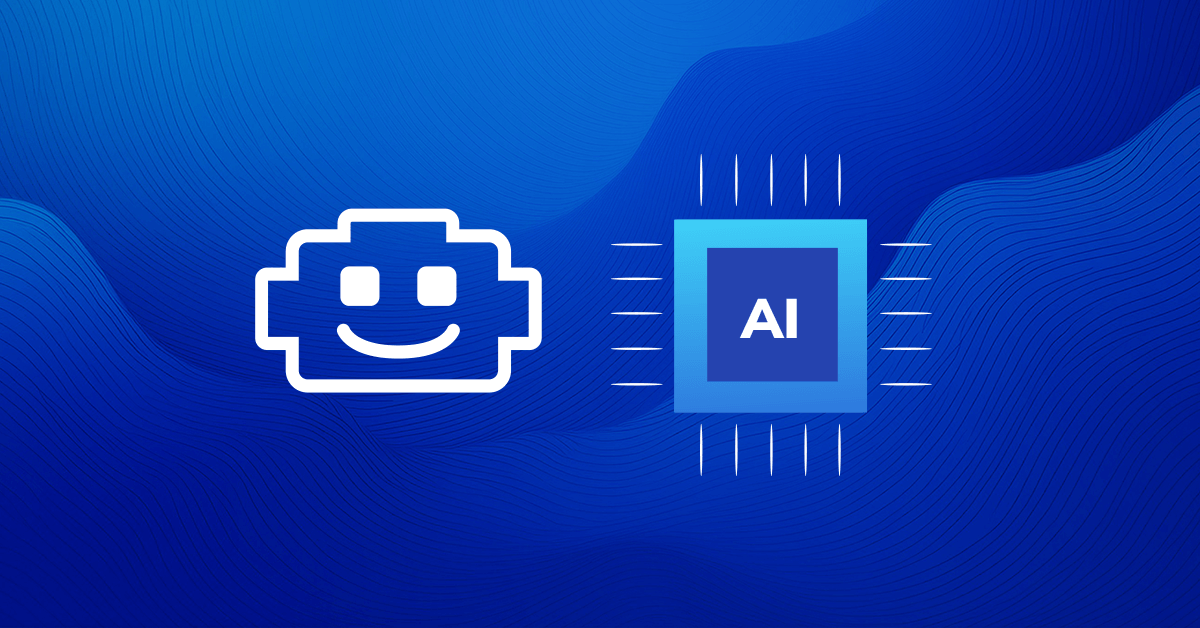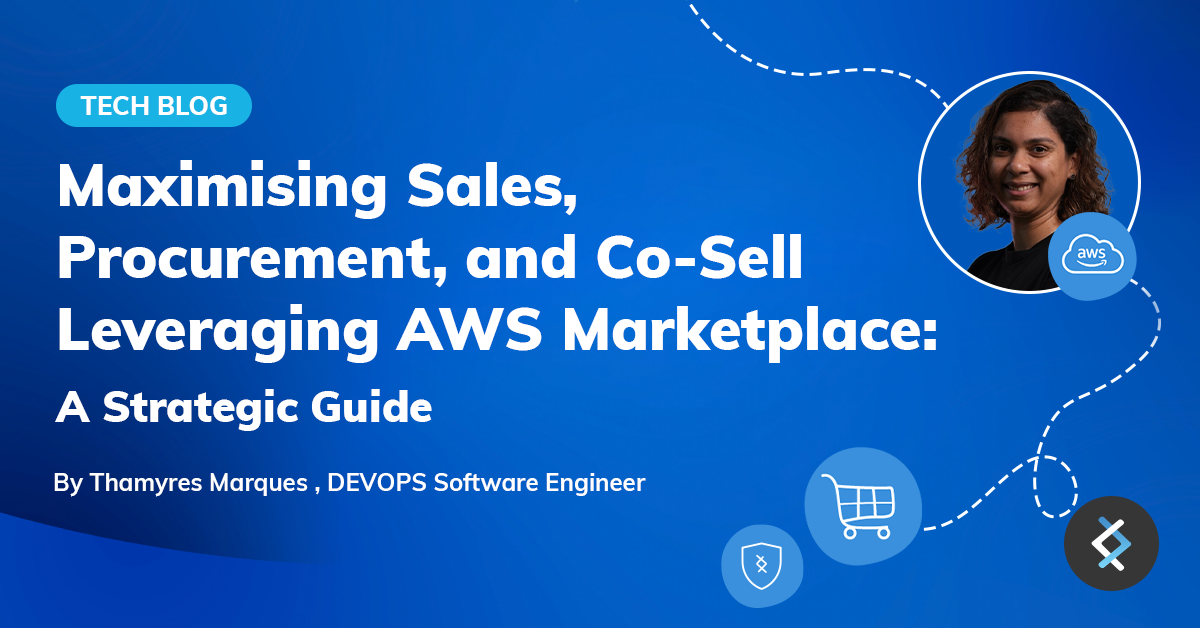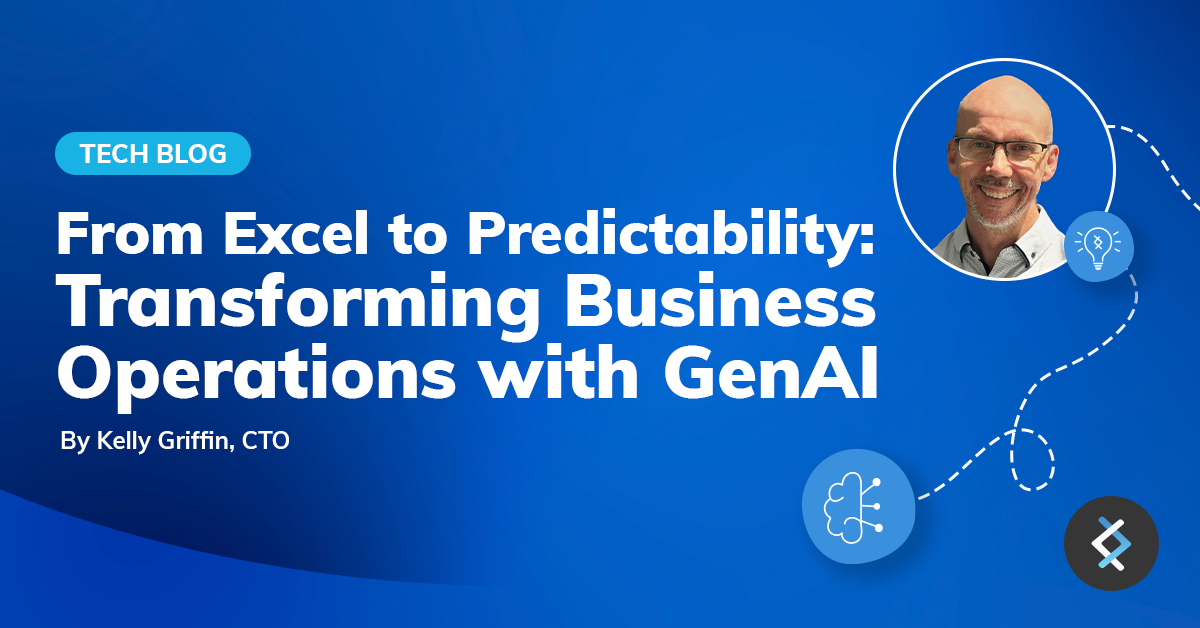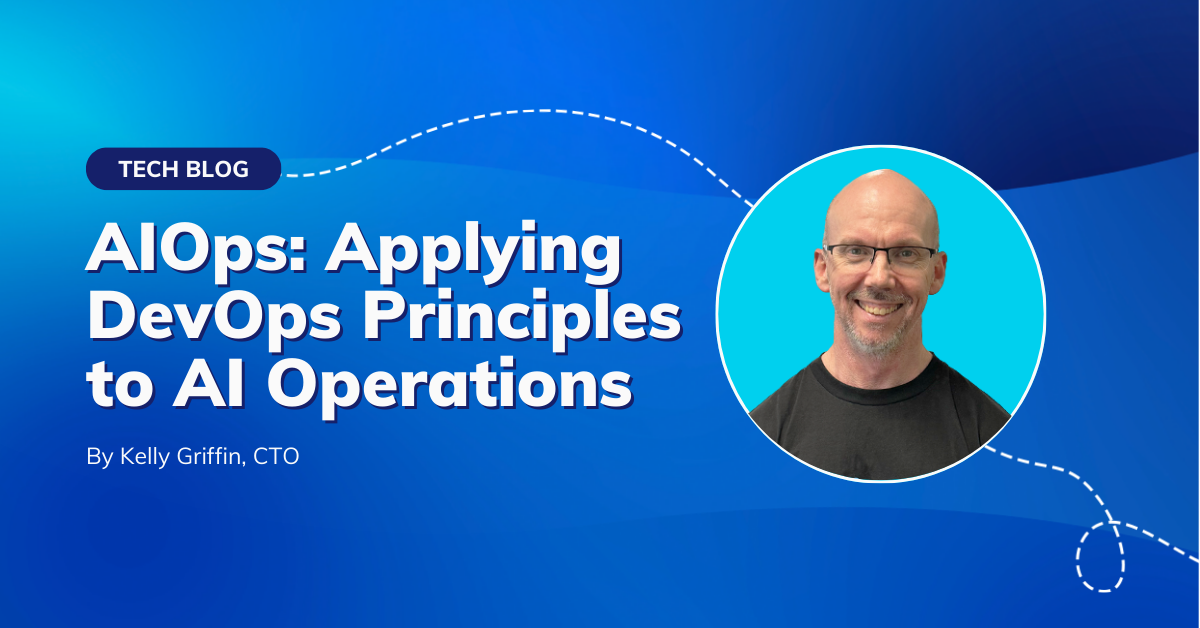
Many organisations are getting GenAI proofs-of-concept off the ground, but very few are turning those into reliable, production-ready services. When that happens, the business doesn’t just lose momentum. It loses money, time, and competitive advantage. AI projects remain stuck in prototypes that don’t scale, support teams can’t operationalise them, and business leaders never see a return on their AI investments.
The root cause is almost always the same: They haven’t built the operational foundations needed to make AI sustainable at scale.
This is where AIOps comes in. It applies proven operational principles from DevOps to AI and machine learning workloads. Just as DevOps reshaped how software is delivered, AIOps provides the structure and repeatability needed to run AI systems reliably in production. It turns AI from a lab experiment into a business asset.
From DevOps to AIOps: What Changes, and Why It Matters
DevOps introduced concepts like automation, continuous integration, infrastructure as code, and monitoring. These still apply to AI, but they don’t go far enough.
AI brings new operational demands:
- Continuous model retraining
- Version control across code, data, and models
- Management of complex, upstream data pipelines
- Monitoring for performance degradation and bias
These aren’t niche technical details. They are the reasons AI projects often fail to scale. Without the ability to manage them, AI becomes a source of operational fragility—one that slows teams down, increases exposure to risk, and drains resources without delivering returns.
We see it repeatedly. POCs that work in development environments fall apart under production load. Existing ops teams lack the tools, visibility, or processes to support AI effectively. And when that happens, AI doesn’t just stall. It becomes a liability.
The business impact is clear: delayed transformation, duplicated effort, poor utilisation of data and talent, and a growing gap between ambition and execution. AIOps closes that gap.
Moving POC to Production: The Operational Reality
Here’s what I tell every client: Your POC isn’t your product — your operations are your product.
This isn’t just a technical distinction. From a business perspective, it’s the difference between innovation that delivers and innovation that stays stuck in the lab. Reliable, repeatable, scalable operations are what turn AI from a curiosity into a competitive advantage.
The transition should follow patterns familiar from traditional IT service deployment:
- Development → Testing → Staging → Production
- Monitoring → Alerting → Incident Response → Continuous Improvement
But AI introduces new layers of complexity — around data quality, model governance, and performance monitoring — that most traditional ops teams aren’t set up to manage.
And here’s the real bottleneck: skills. Most organisations don’t yet have the operational capability to run AI like a product. That means even successful POCs hit a wall when they’re handed off to operations. Models that looked promising during development fail to meet service levels, can’t be monitored effectively, or expose the business to compliance and reputational risk.
Without bridging this gap, AI stays in the experimentation phase, and the business stays stuck in pilot mode — burning time, resources, and trust.
The Three Pillars Framework for AIOps
Based on what we’re seeing with customers, we’ve distilled the operational foundations of successful AI into three core pillars, each focused on real-world resilience and business impact, not just technical hygiene.
1. Intelligent Monitoring & Observability
This isn’t just system monitoring. It’s full-pipeline visibility, from data quality to business impact. We’re tracking model performance, data drift, prediction accuracy, customer impact, and infrastructure health in real time. Traditional APM tools simply don’t surface the signals that matter in AI environments.
What this enables:
Early detection of silent model failures, automated data quality checks, clear correlation between AI performance and business KPIs, and more predictable AI infrastructure planning.
Why it matters:
Bad predictions hurt customers and revenue. Observability keeps models trustworthy, reduces risk, and protects your reputation at scale.
2. Automated Operations & Self-Healing
This brings DevOps principles into the AI space. We’re talking automated retraining, dynamic resource scaling, traffic routing during model updates, and automated rollbacks when performance degrades — all without constant human intervention.
What this enables:
Reduced operational overhead, faster recovery from issues, more reliable deployments, and scalable AI without needing to grow your ops team proportionally.
Why it matters:
You contain costs as AI usage grows and get to market faster. Automation creates repeatability, which makes AI a dependable capability, not just an experiment.
4. Governance & Risk Management
AI changes the risk profile — fairness, explainability, compliance, provenance — and the traditional governance playbook isn’t enough. This pillar embeds operational governance: audit trails, automated policy checks, and operationalised accountability.
What this enables:
Regulatory compliance, risk mitigation, and enterprise-grade AI readiness. You get confidence that AI decisions can stand up to scrutiny.
Why it matters:
Without this, AI can’t scale in customer-facing or regulated areas. With it, you can safely expand AI into critical workflows and unlock new business value without fear of unintended consequences.
Operationalising GenAI: A Practical Starting Point
When we talk to clients running GenAI pilots, our goal is to shift thinking from prototype to production by wrapping those efforts in what we call an AIOps Acceleration Framework. It’s designed to make AI feel operationally familiar — just like traditional apps and services — while accounting for GenAI-specific complexity.
Here’s what that framework includes:
- Monitoring for LLM performance and user feedback signals
- Automated CI/CD pipelines with model validation gates baked in
- Deployment templates that include security, governance, and rollback logic
- Operational runbooks tailored to GenAI failure modes (e.g. hallucinations, latency spikes)
Why It Matters:
Most GenAI projects stall not because the tech doesn’t work, but because they lack operational muscle. This framework gives your existing teams a clear way to support AI safely, without starting from scratch. It enables scale, reduces risk, and shortens the time to real business value.
The Stack (for now)
Tooling moves fast in this space — what works today might shift next quarter. So we favour proven, stable services over bleeding-edge startups. Here’s what we recommend right now:
Observability & Monitoring
- MLflow – Still the gold standard for experiment tracking and model registry, but you’ll need to augment it
- Grafana + Prometheus – For infrastructure monitoring with custom AI metrics
Automation & Orchestration
- Kubeflow – If you’re committed to Kubernetes, this is your orchestration backbone
- Apache Airflow – More mature for complex ML pipelines, easier to debug
- Airbyte – Modern alternative to Airflow, better for dynamic workflows
- Argo Workflows – Great for event-driven ML operations
- GitHub Actions – Surprisingly effective for simpler ML CI/CD pipelines
LLM Operations
- LangSmith – LangChain’s observability platform, essential if you’re using LangChain
- Helicone – Lightweight LLM monitoring and cost tracking
- Humanloop – Great for prompt management and A/B testing
For most clients, we recommend starting with:
- MLflow (experiment tracking) + LangSmith (monitoring)
- Airflow (orchestration) + Docker (containerization)
- Grafana (dashboards) + Prometheus (metrics)
- Git (version control) + GitHub Actions (CI/CD)
This gives you 80% of the capability at 20% of the complexity.
Where to Start — and What to Prioritise
Here’s what we tell every client: Don’t try to roll out everything at once. We’ve seen too many teams get stuck in analysis paralysis — comparing tools, debating orchestration frameworks, and burning cycles without moving forward.
Start simple. Start where it matters:
- Monitoring and observability — You can’t manage what you can’t measure. Without visibility, there’s no path to control, scale, or improvement.
- Integration over invention — Choose tools that align with your current stack. It reduces onboarding time, operational risk, and change fatigue across teams.
Cost and Operational Considerations
- Open source works well in R&D or small-scale pilots. It keeps upfront costs low and helps teams experiment.
- Managed services make more sense in production. The operational burden of self-hosting often outweighs the savings — especially when uptime, SLAs, and compliance are in play.
- Hybrid models offer the best of both: innovate fast in development, run stable in production.
Bottom line for business
You don’t need a perfect toolchain — you need a working one. The goal isn’t technical elegance, it’s operational clarity. Start small, iterate fast, and focus on getting from POC to production without increasing risk or complexity.
Turn AI from proof of concept into business impact.
Our team helps enterprises move from AI experiments to secure, production-ready operations. Let’s discuss your AI roadmap.


